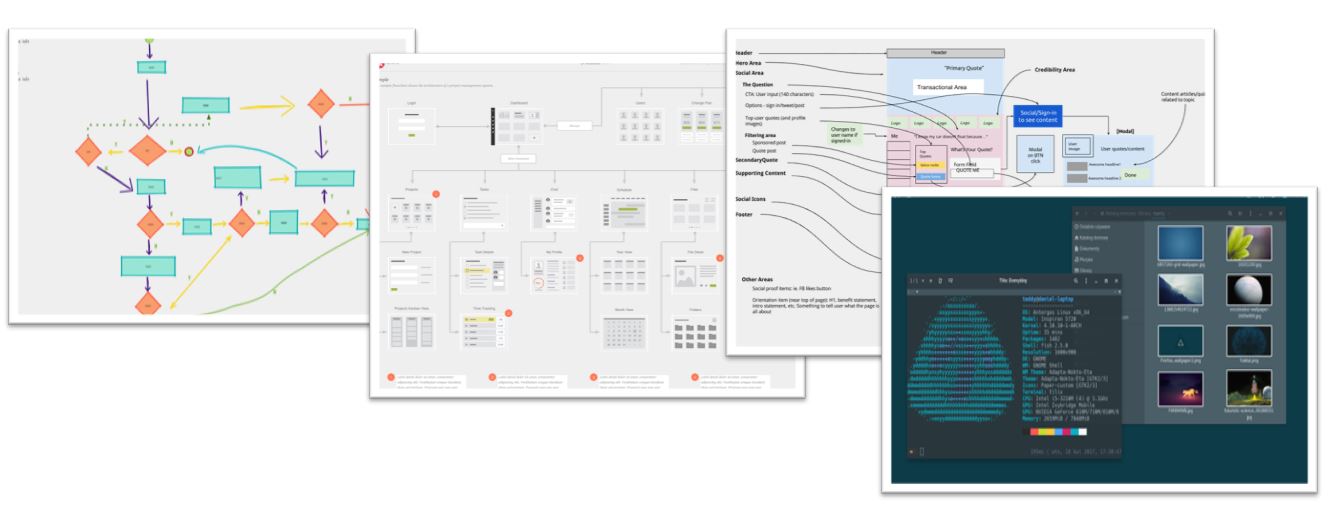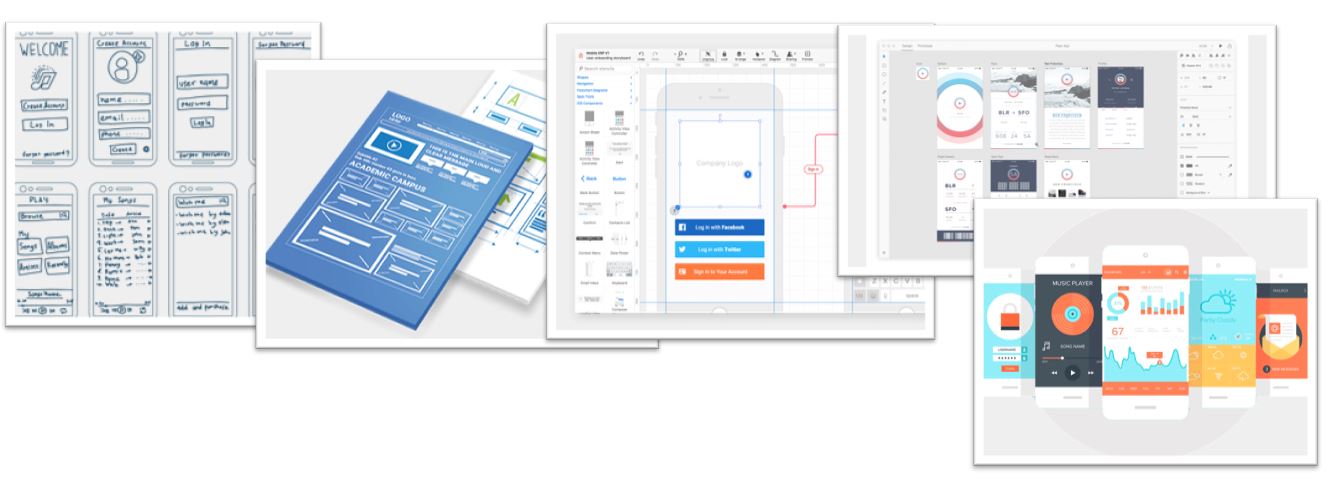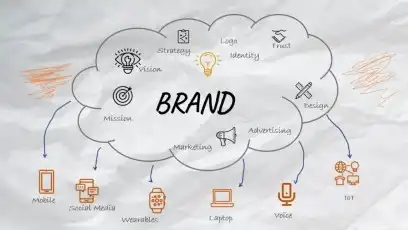How to Choose the Best Chatbot for Your Business: Simplicity or Depth?
Explores how various industries can choose the perfect chatbot style for their needs. From quick FAQ answers to more in-depth chats, finding the right balance can greatly improve customer satisfaction and strengthen connections.
Learn More >



